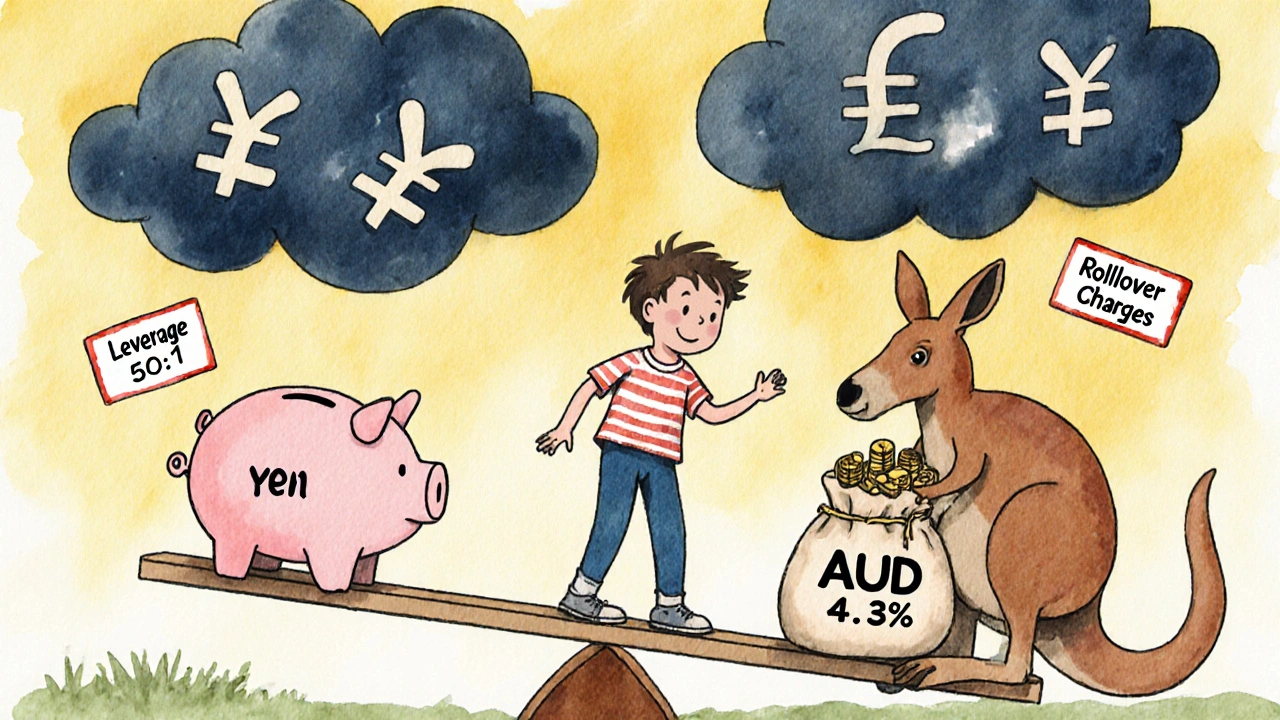High Interest Rate Currency: Where to Put Your Money When Rates Are Up
When you chase high interest rate currency, a currency issued by a country with significantly higher central bank rates than others, often used in carry trades to earn yield differentials. Also known as yield-seeking currency, it’s not just about getting paid more—it’s about understanding who’s paying, why, and whether the risk is worth it. This isn’t theoretical. In 2023, the Australian dollar and New Zealand dollar paid over 4% in interest while the Japanese yen hovered near zero. That gap created real opportunities—for those who knew how to play it.
But here’s the catch: carry trade, a strategy where investors borrow low-yielding currencies to buy high-yielding ones, profiting from the interest rate difference doesn’t work if the currency crashes. A 5% yield means nothing if the exchange rate drops 10%. That’s why you can’t just pick the highest rate and call it a day. You need to watch central bank signals, trade balances, and political stability. Countries like Turkey or Argentina might offer double-digit rates, but their currencies often collapse under inflation or capital flight. Meanwhile, currencies like the Australian dollar or Canadian dollar offer solid yields backed by strong commodities and stable institutions. These are the ones that show up in the posts below—real examples, not hype.
yield differential, the gap between interest rates of two currencies, which drives returns in foreign exchange strategies is the engine behind most currency-based income. But it’s not the only factor. foreign exchange, the global market where currencies are traded, influenced by interest rates, economic data, and geopolitical events moves fast. A rate hike in one country can trigger a cascade of sell-offs in others. That’s why you’ll find posts here about floating-rate notes, bond total return, and tactical asset allocation—all of them connect to how interest rates ripple across asset classes. You don’t invest in high interest rate currency in a vacuum. You layer it into a broader strategy that accounts for risk, timing, and diversification.
Some of the posts below show you how to spot when these currencies are overbought or undervalued. Others break down how brokers and hedge funds use them to hedge inflation or fund global operations. You’ll see how embedded finance and RegTech are changing how these trades are monitored and taxed. And you’ll learn why even smart investors get burned—because a high yield doesn’t mean high return. It just means higher risk, and that’s the part most people skip.
What you’ll find here isn’t a list of top currencies to buy. It’s a practical guide to understanding how they behave, when they work, and how to avoid the traps. Whether you’re holding forex in a brokerage account, using currency exposure in ETFs, or just trying to protect your savings from inflation, this collection gives you the real-world tools—not the sales pitches.



